Food has a unique power: it transports us, brings people together, and tells a story. For those forced to flee their countries, it is much more than a simple meal: it is memory, a part of their identity, and a link to a lost home.
This idea lies at the heart of the cookbook Flavours of Hope: Treasured recipes from refugee families. 20 authentic dishes shared by refugees from Syria, Iran, Afghanistan, Sierra Leone, Ukraine, and other countries. These recipes transmit more than flavours: they speak of love, resilience, and traditions. Their outcome is more than just a dish: it becomes a moment of sharing that you can now perpetuate with your loved ones.
“Food is very important for me now – it’s the lifeline that allows me to live with dignity.” — Raghda, Syrian refugee living in Jordan
Download Flavours of Hope, a free cookbook full of humanity
Not feeling hungry yet? Here’s a taste of what you’ll find inside:
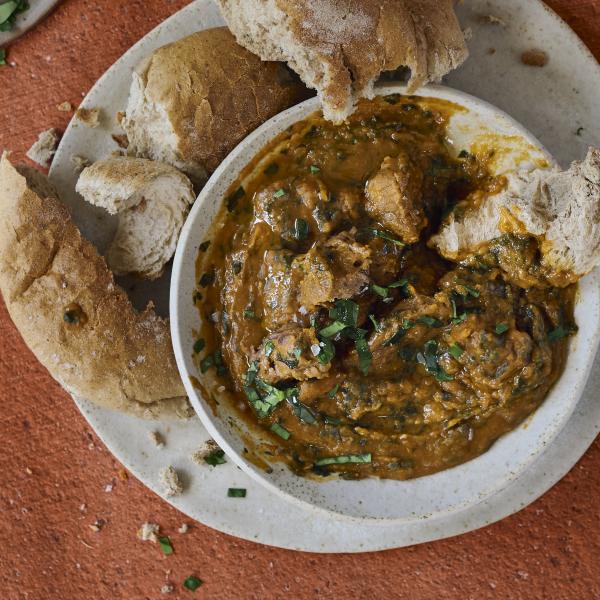
1. Lamb and lentil stew: A tribute to motherhood
A comforting dish from South Sudan, this stew blends lamb, lentils, garlic, and purslane for a deep, nourishing, almost ancestral flavour. Served with bread or rice, for Akec, it’s much more than just a meal:
“The smell and taste of these ingredients remind me of my mother and connect me to my culture. I love cooking this dish; it feels like a tribute to her.”
Akec grew up in the Kakuma refugee camp in Kenya, which has hosted many South Sudanese refugees. Today, over 2.2 million South Sudanese refugees live in neighbouring countries. Within South Sudan itself, 1.9 million people are internally displaced, and 500,000 Sudanese refugees have been welcomed since the beginning of the 2023 conflict.
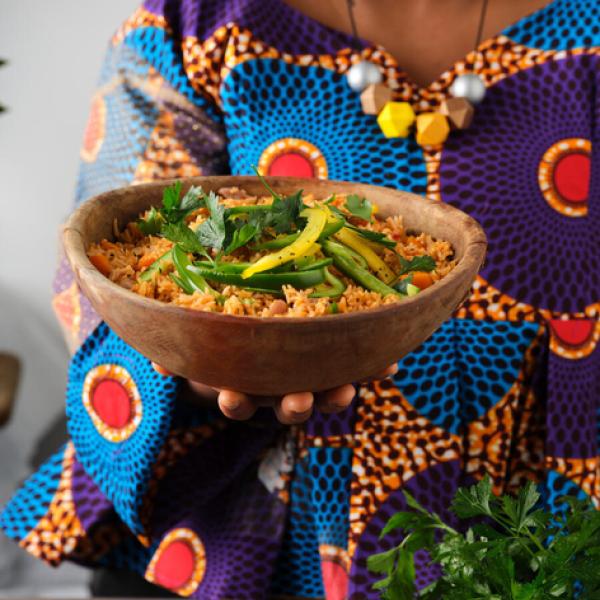
2. Jollof rice: The taste of special occasions
“I learned to cook from a young age, as assistant chef to my mother and aunties... We didn't cook with measurements, but with feel and taste.”
Originally from Sierra Leone, Yarrie shares a fragrant jollof rice recipe with ginger, garlic, onions, tomatoes, and chili peppers. This iconic West African dish is often reserved for celebrations such as festivals, weddings, and sometimes even funerals, but can brighten any friendly dinner.
Yarrie had to flee Sierra Leone, which endured a bloody conflict between 1991 and 2002, forcing 2 million people – almost half the population – to flee their homes. While most found refuge within other parts of the country, nearly 500,000 had to seek safety abroad. In the cookbook, Yarrie recounts fleeing to Guinea with her family at just eight years old.
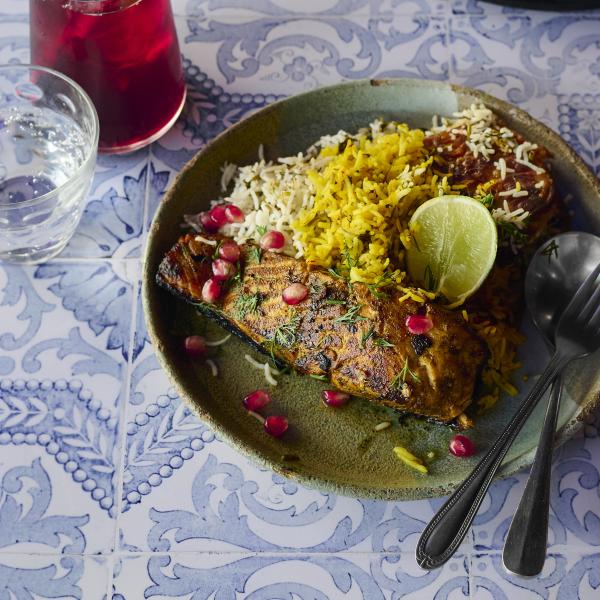
3. Sabzi Polo Ba Mahi: Flavours of Persian new year
A festive dish from Iran, sabzi polo ba mahi (herbed pilaf rice with fish) is colourful, generous, and full of aromas. For Hamed, an Iranian refugee turned chef in Australia, every bite is a promise of renewal:
“Cooking gave me energy... Even today, I feel that energy when cooking for others.”
By teaching cooking classes, Hamed realized how little-known Iranian cuisine was outside his country. He combined his passion for food with locals' curiosity about new flavours. Today, his restaurant’s best-selling dish is Kashk Bademjan, a vegetarian eggplant specialty, whose recipe he also shares in the cookbook!
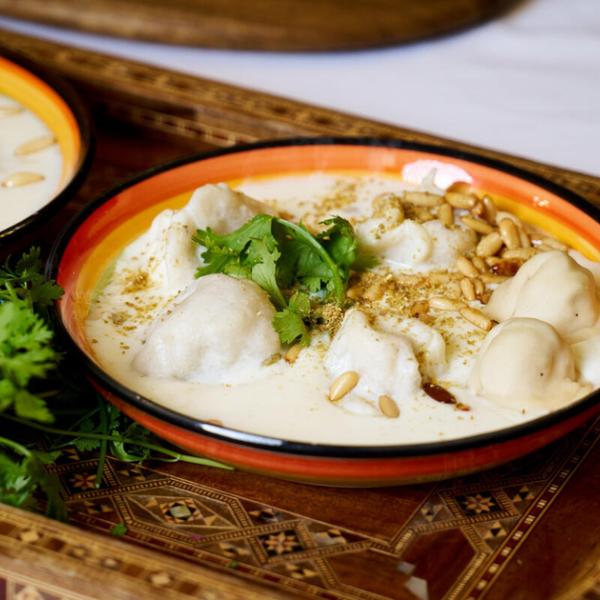
4. Shish Barak: Dumplings as symbols of hospitality
For Mouna, a Syrian refugee, shish barak is a dish laden with meaning: lamb dumplings served in a yoghurt sauce, often offered to guests as a sign of respect and openness.
“White dishes mean purity. It's like opening a new page with our guests.”
Having fled to Jordan with her family to escape the war, Mouna used her cooking skills to help pay the rent by preparing dishes at home. Even today, 555,000 Syrian refugees live in Jordan. Since the conflict began in 2011, more than 13 million Syrians have been displaced, creating one of the century’s largest humanitarian crises.
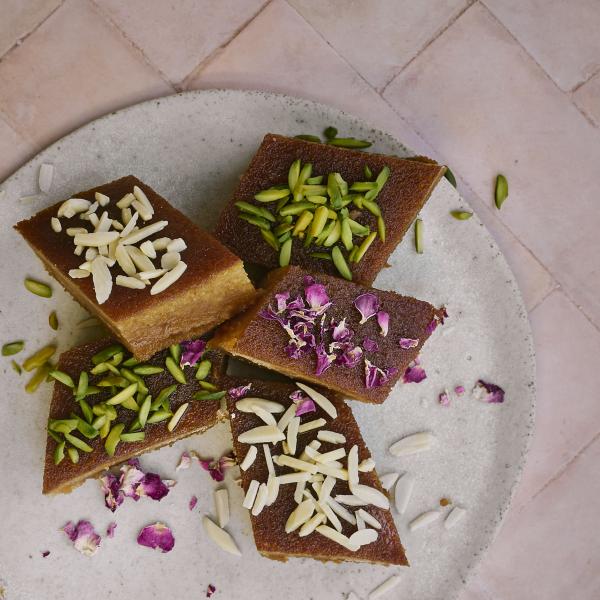
5. Basbousa: Sweetness from Syria
Basbousa, a sweet semolina cake scented with rose water and orange blossom, fills the home with its rich aroma. For Nayran, it’s a childhood memory:
“Even if you’re at the far end of the house, you can smell the rosewater and orange blossoms. That aroma makes my heart beat faster.”
A perfect dessert to end a warm meal, Nayran now sells it at her café Flavours of Syria in Melbourne, where visitors can taste the traditional spice knowledge passed down by her mother and grandmother.
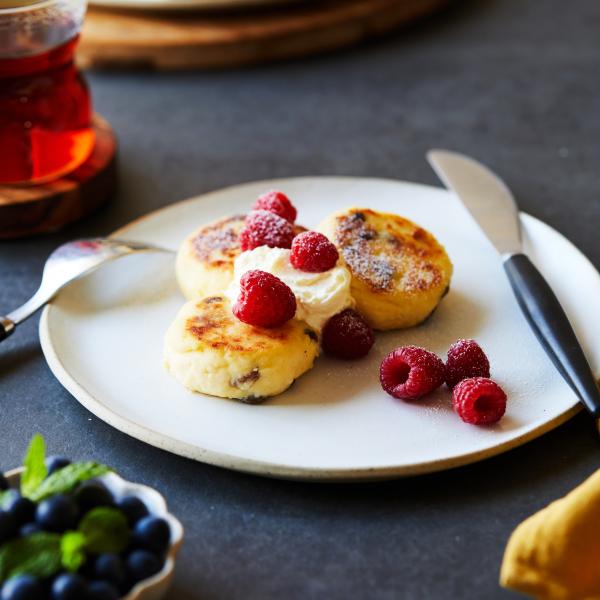
6. Syrnyky and Deruny: Memories from Ukraine
Syrnyky (small ricotta pancakes) and Deruny (potato fritters) take Mariia back to old times, warming hearts during brunches:
“These recipes remind my children of their family weekends back in Ukraine.”
After fleeing Bucha to ensure her children's safety, Mariia later returned to the war zone. A dedicated veterinarian, she could not imagine leaving her town without help. Since 2022, nearly 12 million people have been displaced by the war in Ukraine.
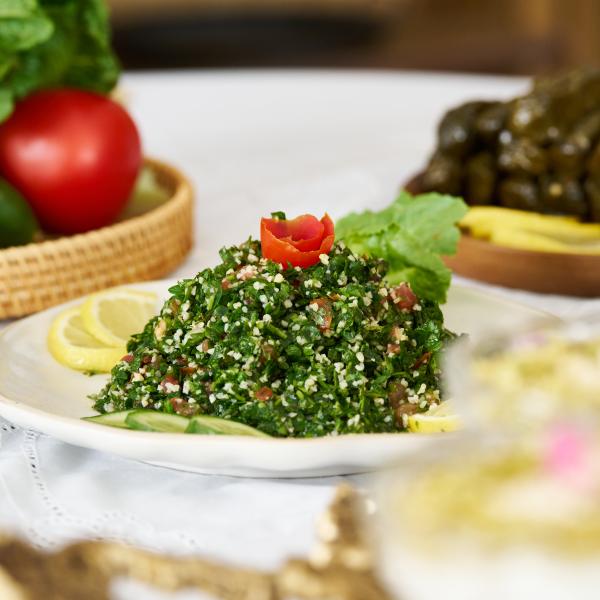
7. Tabbouleh: A fresh vegetarian classic
Originating from the Levant, this dish made of fresh herbs, bulgur, tomatoes, and lemon is a true ode to simplicity and flavour. Raghda, who prepares it in Jordan, shares:
“Tabbouleh is my customers' favorite dish, regardless of their nationality.”
This must-have dish can be prepared in no time and pairs perfectly with stuffed vine leaves or spinach fatayers, recipes also featured in the cookbook.
When every recipe becomes a story to share
The refugee cookbook we offer is more than a collection of recipes. It is an invitation to discovery, dialogue, and human connection. By getting to know the people behind these dishes and cooking their recipes, you are continuing a legacy, creating moments of sharing, and weaving bonds.
Why not write a new chapter of these stories by bringing them to life in your kitchen?
Share a meal of solidarity: download 20 refugee recipes from around the world
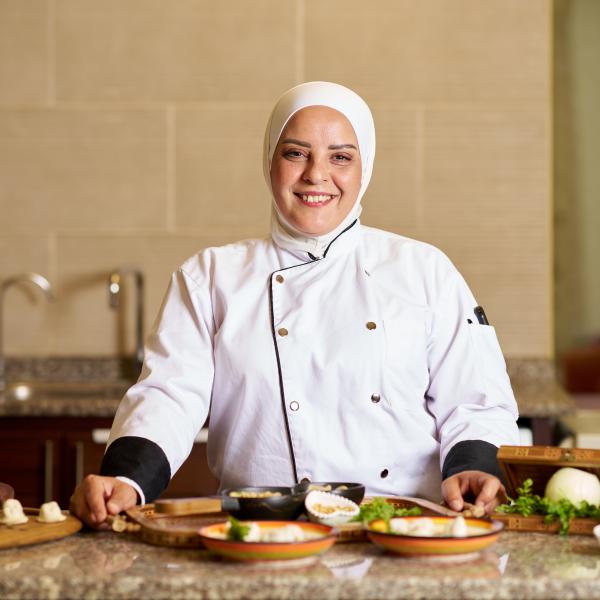
FAQ
Why a refugee cookbook?
A project by Australia for UNHCR, the Australian foundation for the UN Refugee Agency (UNHCR), this book shares a rich cultural heritage – often the only possession refugees can bring with them when fleeing.
Where do the recipes originate from?
The recipes originate from South Sudan, Sierra Leone, Iran, Syria, Bosnia and Herzegovina, Ukraine, Afghanistan, and Vietnam. Each refugee's personal touch makes these dishes unique.
How does this book help refugees?
People forced to flee often find themselves in extreme vulnerability and need the international community’s support. But first and foremost, they are human beings, carrying rich experiences and skills, with a strong desire to contribute to their new communities. This book showcases the resilience of displaced people and the cultural and economic contributions refugees have always made to the countries that welcomed them.